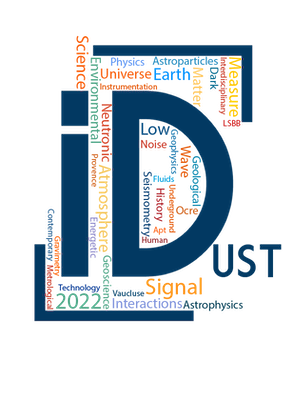Speaker
Description
During the last 20 years muon tomography has been recognized for its contributions to various domains of science like Volcanology, Hydrology, Archaeology and many more. Its impact is especially prominent in the case of Volcanoes either as a standalone remote imaging technique or in combination with other more traditional Geophysical methods. Being non-invasive, muography, has no adverse impact on the studied object and this makes it an excellent tool for the imaging of archeological sites. The discovery of the previously unknown void in the Great Pyramid of Giza by the ScanPyramids project proved how capable muography can be as standalone probe of smaller-scale targets. Most sites of archaeological interest are not completely excavated and remain buried or quasi-buried for long periods after their discovery and while the excavations are being performed. This gives rise to formations where muon tomography and near-surface Geophysics could work together to map the subsurface structures. In 2018 we conducted a 3-month muography survey in the excavated tumulus of Apollonia in Chalkidiki (Greece) with goal to evaluate the discovery potential for the buried tomb. Based on the findings and conclusions of that expedition a controlled environment was deemed imperative for the evaluation of joint measurements with other methods. The courtyard of the Gallo-Roman Museum of the Saint-Romain-an-Gal community hosts one of the largest and best preserved Roman residential districts discovered in France and is perfect for this kind of studies. In the ArchéMuon project three laboratories[1] join forces to create a field test-bench where different near-surface imaging techniques can be tested in comparison to and in conjunction with muon tomography. A network of different sensors like electrodes (electric resistivity), optical fibers (seismic imaging) and gravimeters will be placed on the surface while muon detectors will continuously be taking measurement underground. A comparative analysis between methods is expected to provide valuable insights on the optimal synergetic approach for archaeological studies and other applications of similar scale. Furthermore, the long-term monitoring of the region will be an excellent opportunity to extract conclusions for the weather impact (mainly through water retention/drainage) on the archaeological site and on the imaging efficiency itself.
[1] Institut de Physique des 2 Infinis de Lyon (IP2I), Laboratoire de Géologie de Lyon: Terre, Planète, Environnement (LGL-TPE), Laboratoire Archéorient Maison de l'Orient et de la Méditerranée (MOM)
